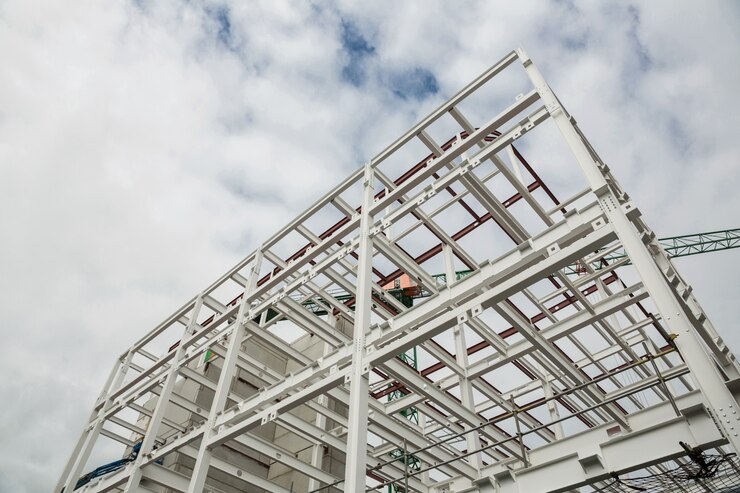The scaffolding technique is a common construction practice. It is also called staging. It is a temporary platform to support the laborers carrying out the building tasks.
Moreover, it is a versatile tool used in various renovation projects, including maintenance and repair of buildings, bridges, and other structures. Though it is a good solution, you should know its safety and security concerns. If not handled with care, it can lead to severe accidents.
Furthermore, it is one of the essential components of the construction industry, improving the working conditions of employees. Let’s examine a few advantages of scaffolding in construction.
What is Scaffolding
A temporary framework called scaffolding is used to hold up a team of workers. It is commonly used in construction sites to access heights and areas that would otherwise be difficult to reach. Unsafe scaffolding can cause death.
Additionally, it is used in various forms, such as
- Formwork
- Grandstand seating
- Concert stages
- Access towers
- Exhibition stands
- Ski ramps
- Half pipes
- Art projects
There are six main types of staging used globally today. These include
- Tube and coupler components
- Prefabricated modular system scaffold components
- H-frame modular system scaffolds
- Suspended scaffolds
- Timber and bamboo scaffolds
Here, we will discuss the benefits of these supporting structures.
Provides Perfect Balance
Balance is one of the main advantages of scaffolding. Construction professionals must perform a great deal of precision work at their absolute best. That can only happen when a worker is placed on solid ground, which scaffolding performs exceptionally well.
Moreover, scaffolds provide a flat surface, allowing employees to balance themselves in various postures. This is crucial because specific jobs require a particular position.
Ensure Worker Safety
There are numerous risks and hazards to one’s safety at building locations. Therefore, on-site personnel must be aware of potential risks, wear appropriate protective gear, and utilize sturdy structures.
Staging is crucial in ensuring working safety. For example, steel scaffolding is connected by fittings to form a stable network, the result of precise steel fabrication techniques. Unlike other materials, steel pipes are superior at evenly distributing weight, making them ideal for scaffolding when multiple workers are present. The entire structure remains stable, even after extensive use.
Cost-Effective
Scaffolding is composed of affordable and easily accessible materials, making it one of the most economical solutions for any renovation work. Steel scaffolding is precious to the industry due to its strength and affordability. Similarly, steel is significantly less expensive than other materials like wood or aluminum.
Let’s consider having a limited budget for your building project. Instead of using wood as a supporting material, you can choose steel. This way, your scaffolding is more resilient to outside factors that may damage it.
Additionally, steel scaffolding is a practical choice for long-term projects due to its low cost of repairs and maintenance.
Increase Efficiency
Efficiency naturally rises as people’s doubts are removed, and they feel more at ease and secure. Strong, dependable, and robust scaffolding systems in development projects eliminate staff worries. They allow them to focus on their work and increase their productivity.
In addition, the use and timely delivery of scaffolding has significantly saved time and increased productivity by enabling quick and effortless access to previously challenging points. While they reach their goals, they are not exposed to additional dangers while performing their responsibilities. Therefore, you can boost their efficiency and productivity during their shifts by ensuring timely Scaffolding equipment delivery to employees.

